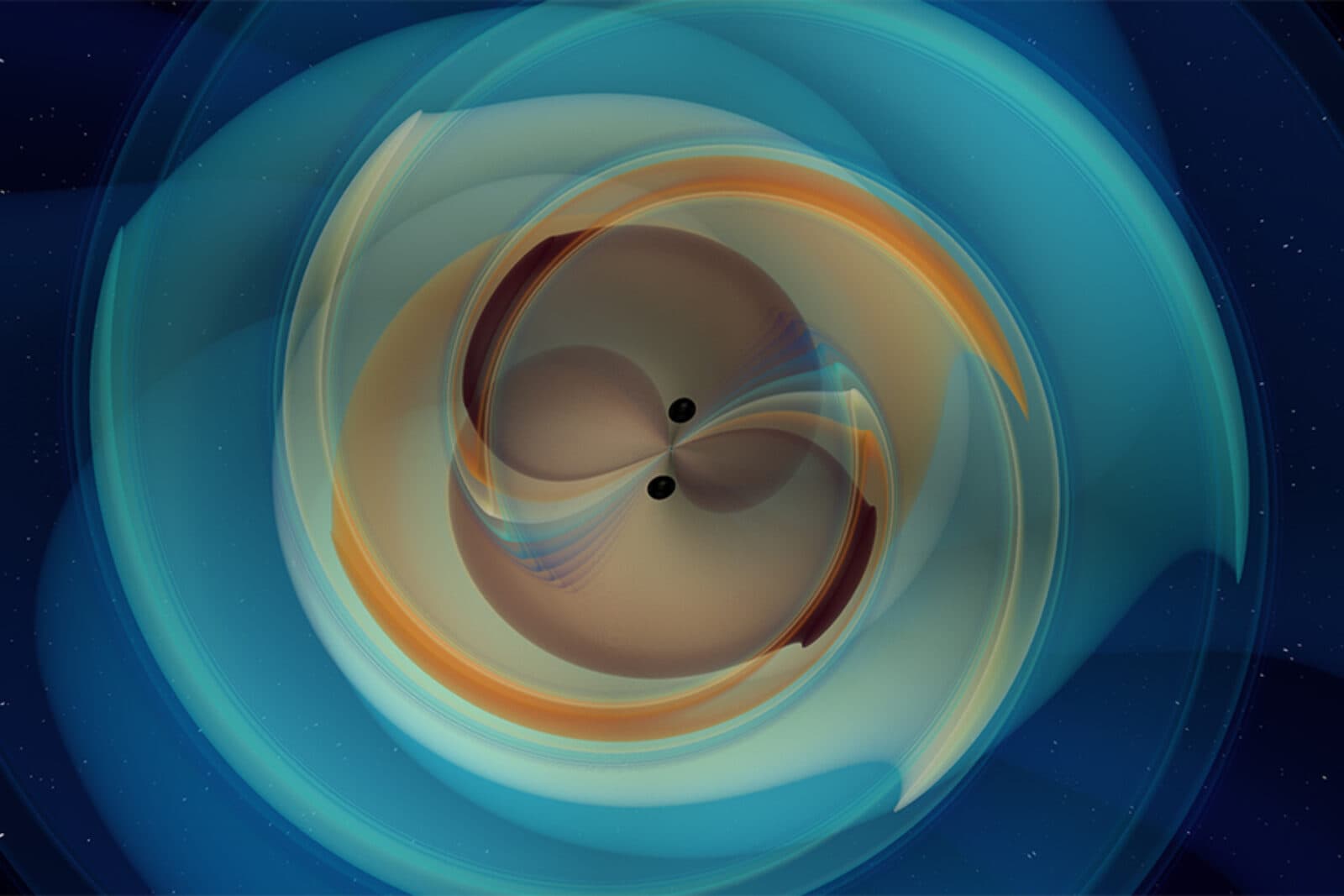Life Always Finds a Way . . . Even on Venus?
by Adam Hadhazy
In a shocking observation a gas classified as a biosignature has turned up in the skies of the nearest world to Earth

The Author
For good reason, the high-stakes search for extraterrestrial life has focused on Mars. It's not a stretch to imagine microscopic life still hanging on the Red Planet's dirt, even a few billion years after the world went from warm and wet—as loads of geological evidence suggests—to the barren, frigid desert it is now. Also high on the list has been Titan. The Saturnian moon has a dense atmosphere and all sorts of interesting organic chemistry going on. But a stunning result that came out this past month has now put Venus, of all places, squarely in the sights of ET seekers. Researchers have announced that Venus bears a molecule in its atmosphere that could only plausible exist there because of biological activity. Again—Venus! The world has long stood as the definition of inhospitable. Its surface, which broils at nearly 900 degrees Fahrenheit, is crushed under an ultra-dense carbon dioxide atmosphere laced by sulfuric acid. Yet for many decades, scientists have pointed to a layer high above Venus in the world's perpetual clouds where temperatures would be clement, even Earthlike. The new study reports that the spectral signature of a gas called phosphine turned up right in that layer. On Earth at least, phosphine is only produced through highly energetic, artificial processes, or by certain kinds of microbes chowing down. Those microbes are found, for instance, in swamps and in the guts of animals. Members of the Massachusetts Institute of Technology's Kavli Institute for Astrophysics and Space Research (MKI) had explored the question of phosphine in rocky planets' atmospheres before and concluded that the gas is an extremely compelling biosignature, meaning it can only be plausibly produced by life. Discovering such a biosignature within the skies of Venus, the planet closest to ours, has researchers scrambling. It's likely that new missions will be quickly greenlit and launched to try to probe this tantalizing Venusian cloud layer. Meanwhile, geophysicists will try to come up with how an abiotic process, given Venus' conditions, could possibly supply the phosphine otherwise. Overall, it's a fantastic development in science, and one which we all will follow closely.
Rubbing elbows with other galaxies can make a galaxy ultra-compact or ultra-diffuse
Like people, galaxies are products of their environments. According to a new study, a dense galactic environment—where interactions with other galaxies is a common occurrence—could be what shapes certain galaxies to be "extreme," either extremely compact or ultra-diffuse and spread out. The gravity from galaxies can warp the shapes and alter the distributions of stars in other galaxies, suggesting that the extreme galaxies might have started out as regular ol' galaxies, but then over time through interactions assumed a more outlandish appearance. The research team behind the results includes a scientist at the Kavli Institute for Astronomy and Astrophysics (KIAA) at Peking University.
Record-setting black holes nabbed by LIGO
There's a new recordholder for the biggest black hole merger discovered to date. LIGO, the Laser Interferometer Gravitational-wave Observatory, did just what its namesake suggests by detecting telltale ripples in the spacetime fabric of the universe, unleashed by the black holes cataclysmically merging. Those waves signaled that the two black holes weighed about 66 and 85 times the mass of the Sun. The combined result of those black holes is the first all-but-indisputable, so-called intermediate mass black hole—defined as having between 100 and 1,000 times the Sun's mass—which is a class of cosmic object that has been frustratingly hard to pin down. Researchers at the MIT Kavli Institute for Astrophysics and Space Research (MKI) have long been LIGO leaders.
Say "cheese," Universe!
Scientists have taken their first practice digital pictures with the sensor array that will be at the heart of the monster 3,200-megapixel camera in the Vera C. Rubin Observatory, which opens next year. Members of the Kavli Institute for Particle Astrophysics and Cosmology (KIPAC) at Stanford University are heavily involved in the Rubin project, which will take revolutionary "movies" of the sky, capturing anything that lights up. The new pictures, by the way, are the largest ever taken in a single shot.
So much for the dark matter annihilation hypothesis in the Milky Way's core
A decade ago, the Fermi Gamma-ray Space Telescope detected an excess of gamma rays coming from the Milky Way's central regions. A compelling theory for this excess: dark matter particles annihilating, as some models suggested the mysterious substance should behave. But doubts have stacked up, and a new study, led by a scientist at the Kavli Institute for the Physics and Mathematics of the Universe (Kavli IPMU) at the University of Tokyo, is all but ruling the idea out. The study pulls together data on other, known phenomena in the galactic center and, adding it all up, finds little room for dark matter to be contributing to the gamma ray glow.
Galaxies retire in two different ways
A new study led by Kavli Institute for Cosmology, Cambridge (KICC) researchers shows that galaxies get over the hill in two ways. Old galaxies are "red and dead," full of old, red stars, versus younger, bluer galaxies abloom with new star formation. (Short-lived, massive stars provide the azure.) The study, based on a large survey of nearby galaxies, indicates that small galaxies' star formation quenches from the outside-in, while bigger galaxies tend to stop forming stars at their cores first. The findings add to the ever-growing picture of how galaxies evolve.